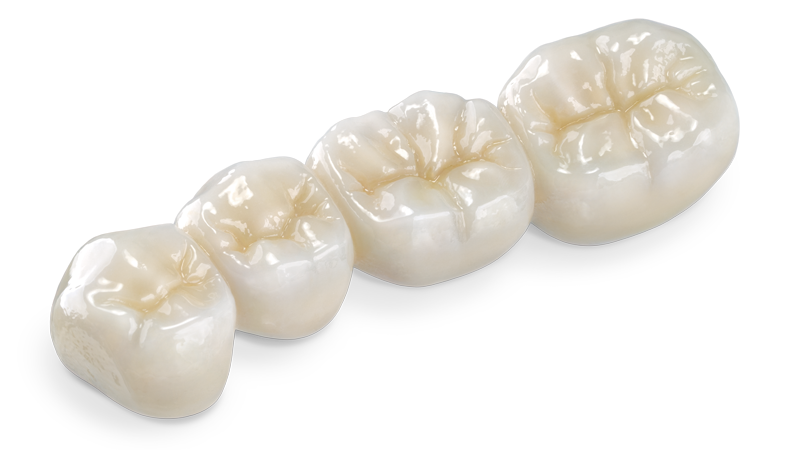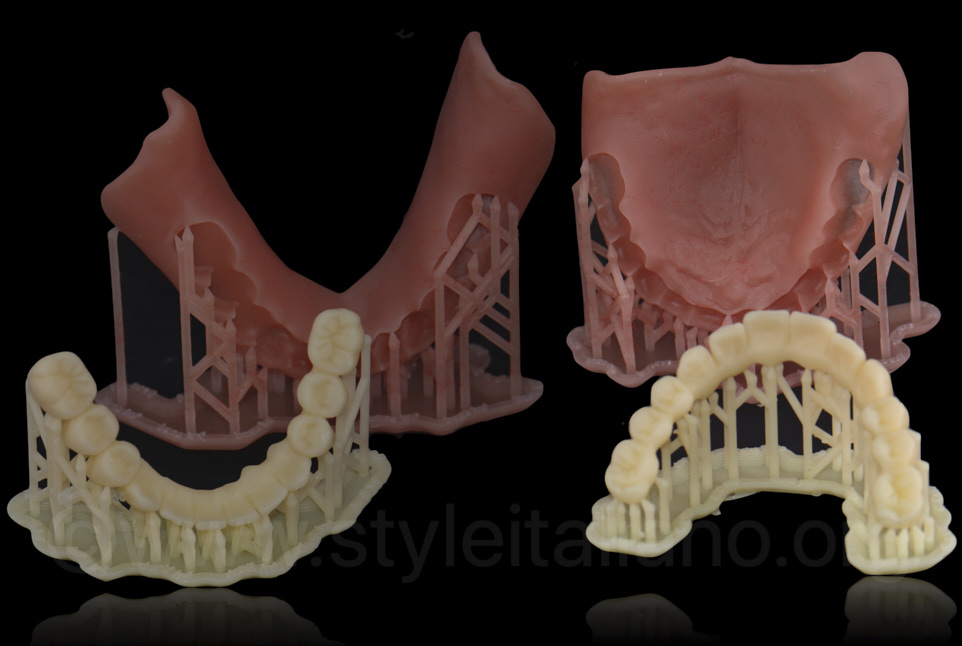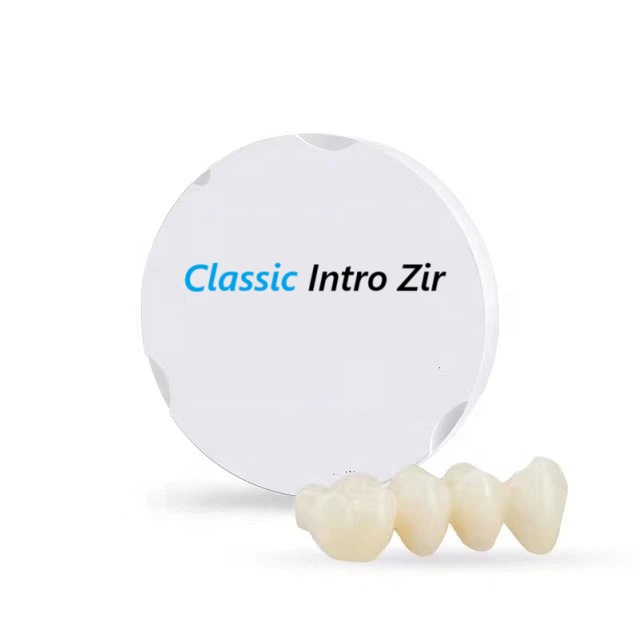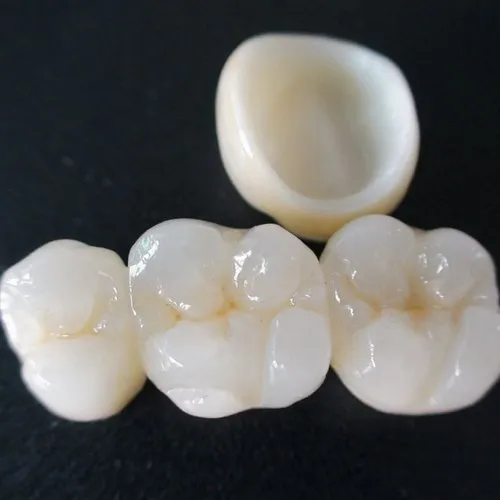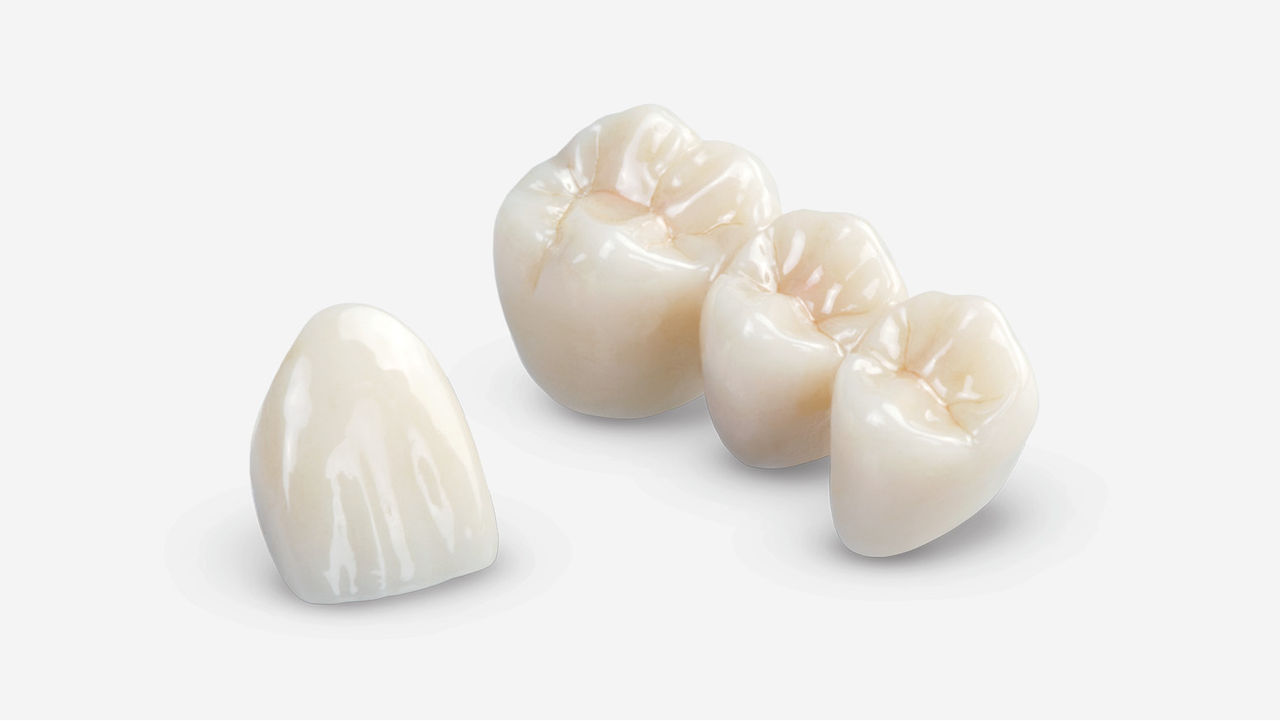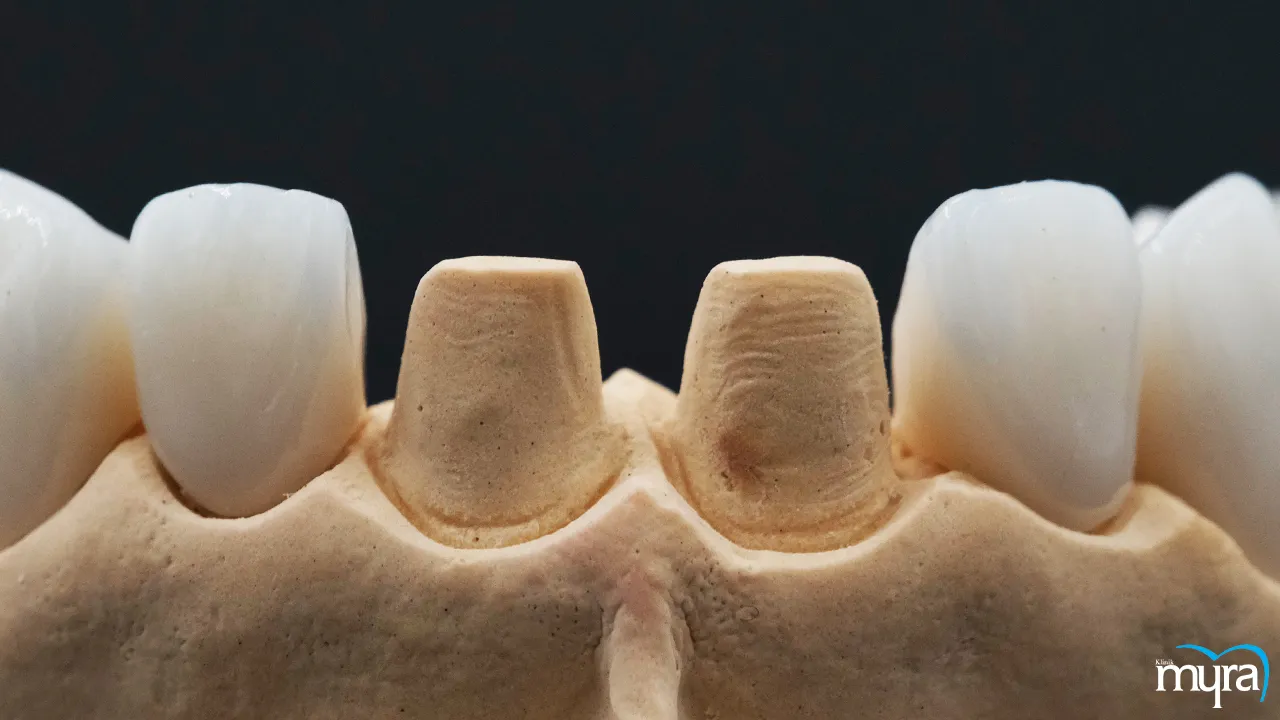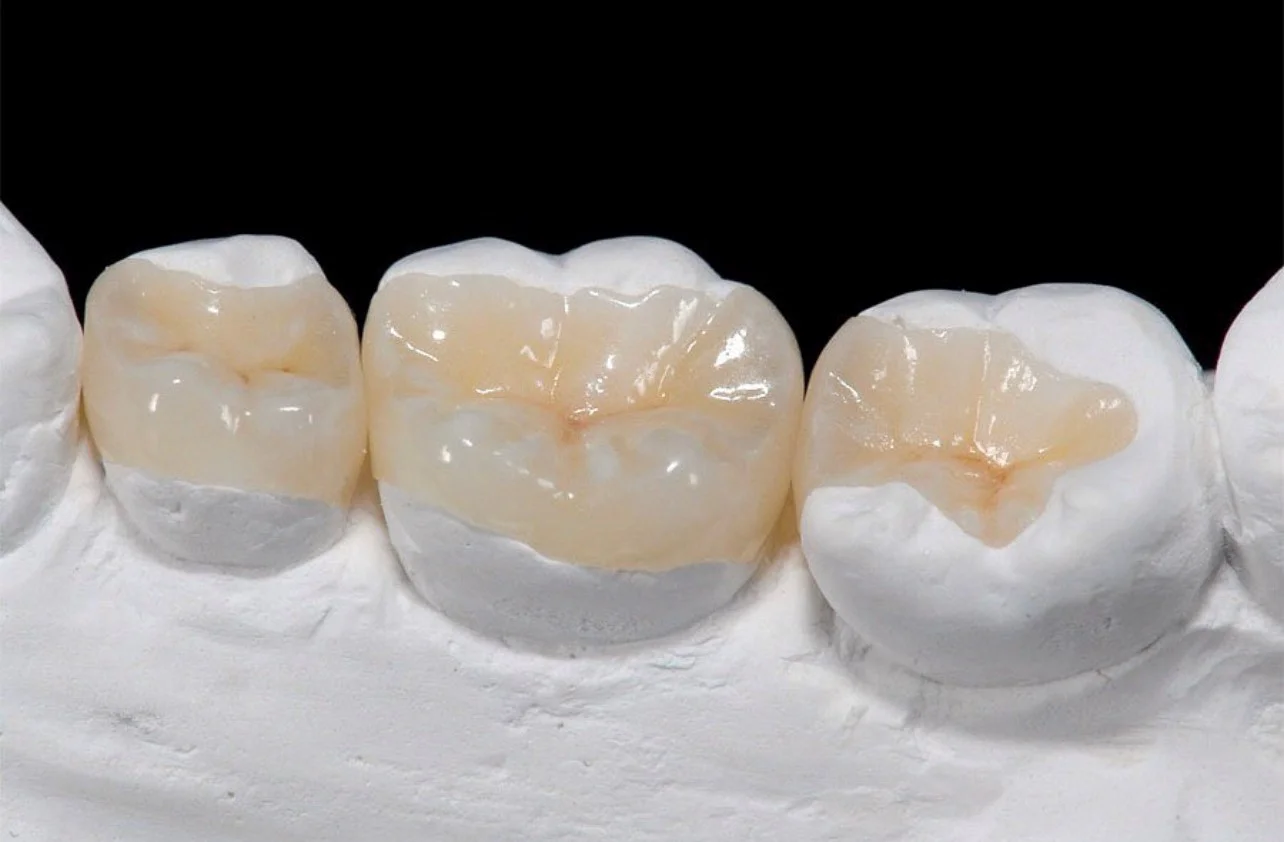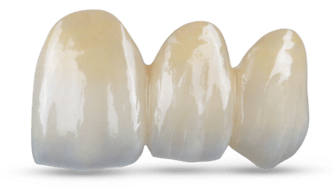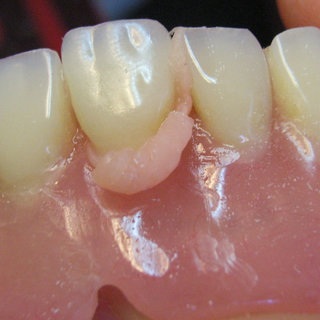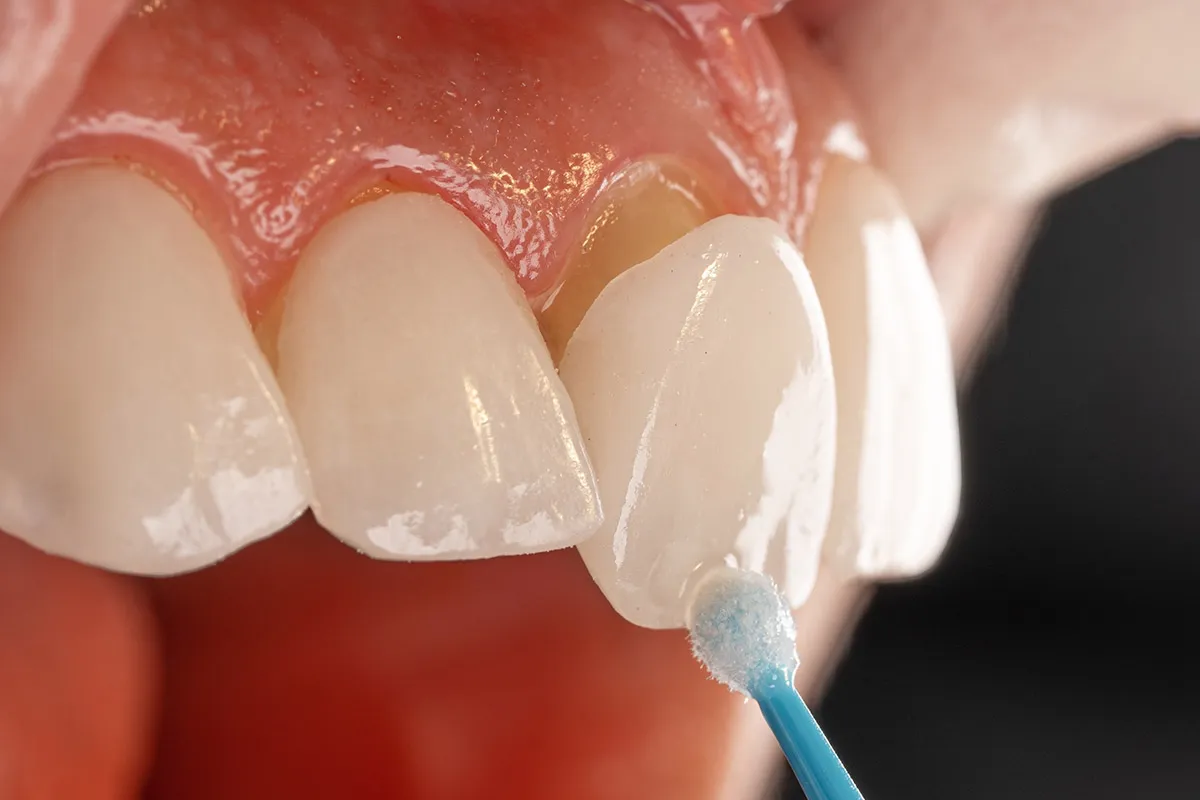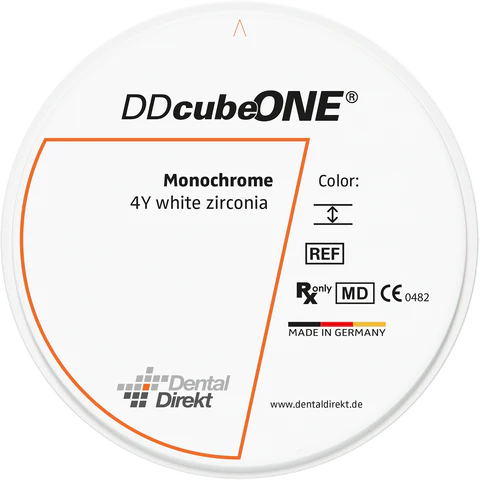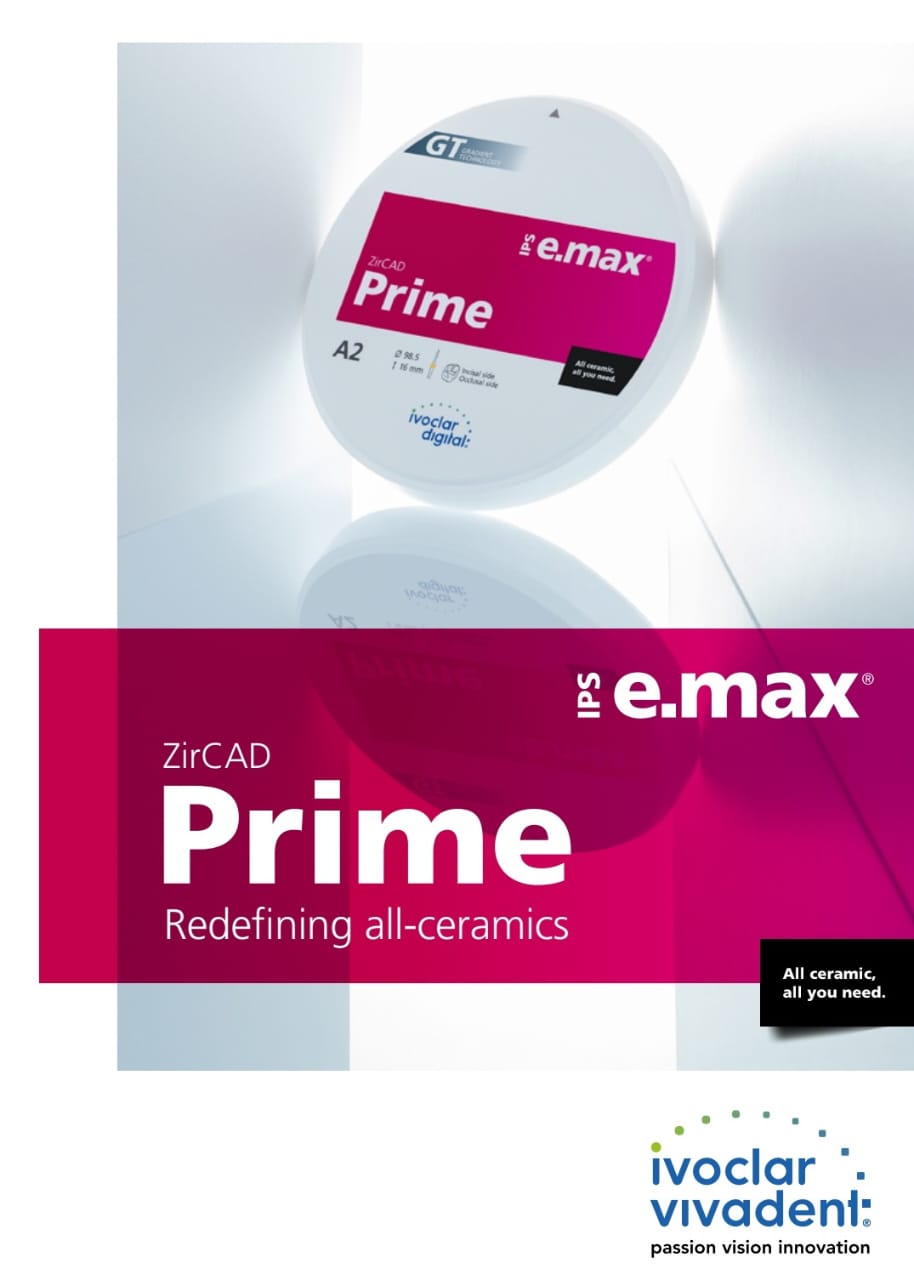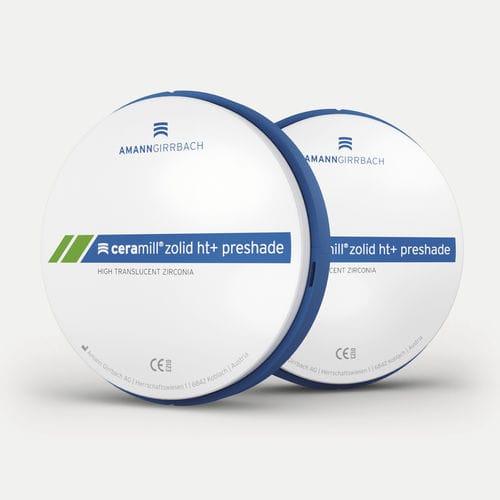
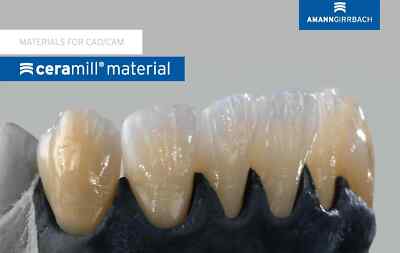
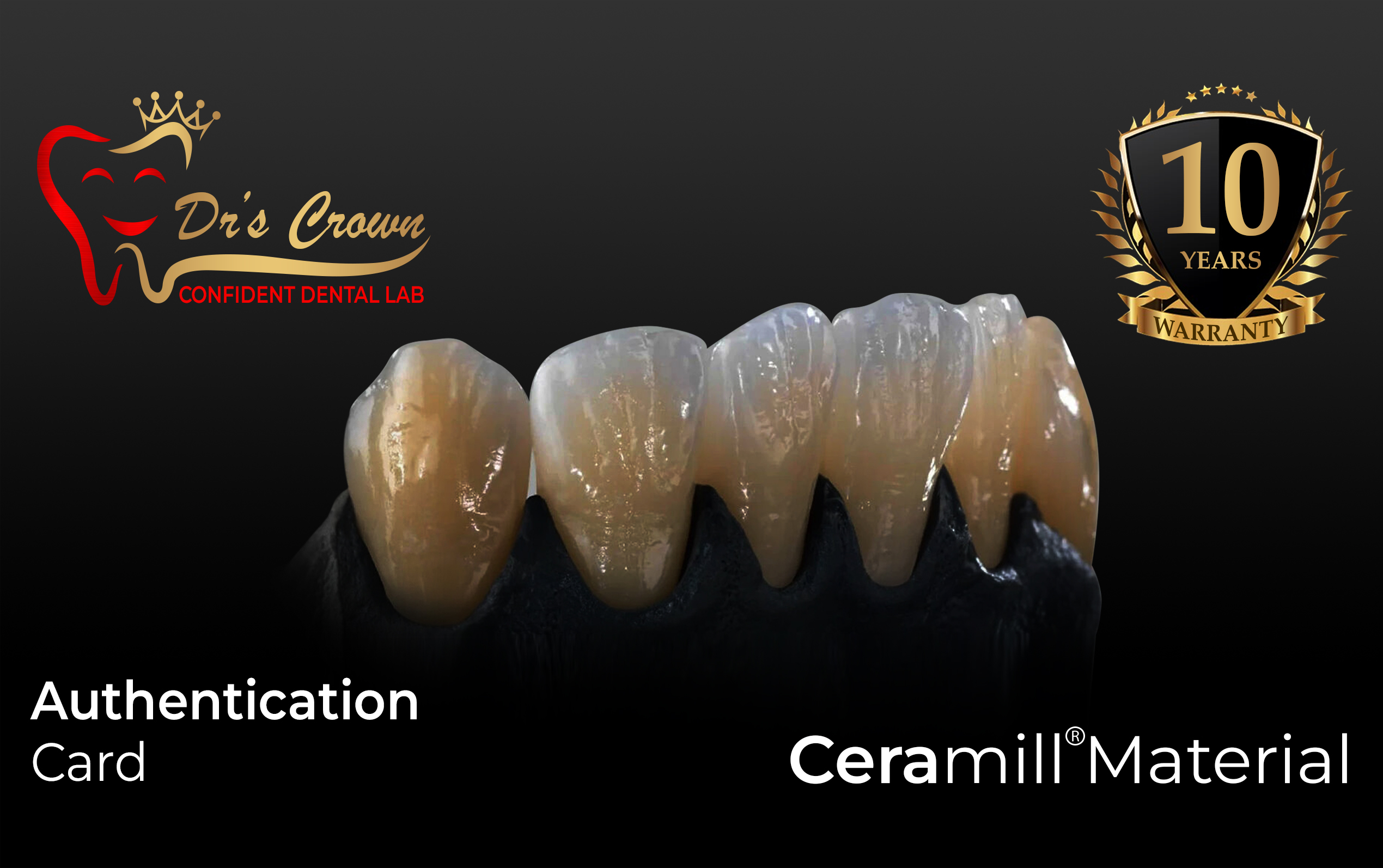
Ceramill Material
1 - 3 units could be made
Price : ₹16000/-
<p></p><h2><strong>What is Ceramill Material?</strong></h2><p><strong>Ceramill</strong> is a branded line of <strong>dental materials</strong> developed by <strong>Amann Girrbach</strong>, mainly used in <strong>digital dentistry</strong>. It is commonly used for making <strong>crowns, bridges, frameworks, and prosthetics</strong> using <strong>CAD/CAM (Computer-Aided Design and Manufacturing)</strong> systems.</p><p>Ceramill materials are typically made of:</p><ul>
<li>
<p><strong>Zirconia (Zirconium dioxide)</strong> – the most common, known for strength.</p>
</li>
<li>
<p><strong>Lithium Disilicate</strong> – for better aesthetics.</p>
</li>
<li>
<p><strong>Hybrid ceramics or PMMA</strong> – used for temporary crowns or implants.</p>
</li>
</ul><p>When you say <strong>"1 – 3 units could be made,"</strong> it means that from one disc or block of Ceramill material, <strong>you can create 1 to 3 dental prosthetics (like crowns or bridges)</strong> depending on the size.</p><hr><h2>✅ <strong>Advantages of Ceramill Material</strong></h2><ol>
<li>
<p><strong>High Strength and Durability</strong></p>
<ul>
<li>
<p>Especially in zirconia form, Ceramill materials are extremely tough and can withstand chewing pressure.</p>
</li>
</ul>
</li>
<li>
<p><strong>Biocompatibility</strong></p>
<ul>
<li>
<p>Safe for use in the human mouth; does not cause allergic reactions.</p>
</li>
</ul>
</li>
<li>
<p><strong>Excellent Aesthetics</strong></p>
<ul>
<li>
<p>Mimics the natural color and translucency of real teeth, especially in multilayered zirconia and lithium disilicate.</p>
</li>
</ul>
</li>
<li>
<p><strong>CAD/CAM Compatible</strong></p>
<ul>
<li>
<p>Easily milled and customized using digital machines for precise fittings.</p>
</li>
</ul>
</li>
<li>
<p><strong>Minimal Shrinkage</strong></p>
<ul>
<li>
<p>Controlled production ensures very little shrinkage during sintering, resulting in better accuracy.</p>
</li>
</ul>
</li>
<li>
<p><strong>Low Thermal Conductivity</strong></p>
<ul>
<li>
<p>Doesn’t transfer hot or cold easily, which protects the tooth's nerve.</p>
</li>
</ul>
</li>
<li>
<p><strong>Long-Lasting Results</strong></p>
<ul>
<li>
<p>Can last 10-15 years or more if cared for properly.</p>
</li>
</ul>
</li>
<li>
<p><strong>Less Tooth Reduction</strong></p>
<ul>
<li>
<p>Requires removing less natural tooth than metal-based crowns.</p>
</li>
</ul>
</li>
</ol><hr><h2>❌ <strong>Disadvantages of Ceramill Material</strong></h2><ol>
<li>
<p><strong>High Cost</strong></p>
<ul>
<li>
<p>More expensive than traditional metal or PFM (Porcelain-Fused-to-Metal) options.</p>
</li>
</ul>
</li>
<li>
<p><strong>Technique Sensitive</strong></p>
<ul>
<li>
<p>Requires proper CAD design, milling, and sintering. Errors in the process can lead to misfits.</p>
</li>
</ul>
</li>
<li>
<p><strong>Brittleness in Thin Sections</strong></p>
<ul>
<li>
<p>If made too thin or poorly supported, it can crack.</p>
</li>
</ul>
</li>
<li>
<p><strong>Wear on Opposing Teeth</strong></p>
<ul>
<li>
<p>Very hard zirconia may wear down the natural teeth it bites against if not polished correctly.</p>
</li>
</ul>
</li>
<li>
<p><strong>Not Suitable for Very Large Bridges</strong></p>
<ul>
<li>
<p>In some cases, longer-span bridges may not be ideal with certain ceramic types.</p>
</li>
</ul>
</li>
</ol><hr><h2>❓ <strong>Why Use Ceramill Material?</strong></h2><ul>
<li>
<p><strong>For precision</strong> – With CAD/CAM support, it offers exact fittings.</p>
</li>
<li>
<p><strong>For aesthetics</strong> – Looks more natural than metal-based restorations.</p>
</li>
<li>
<p><strong>For long-term durability</strong> – Especially good for molars and bridges.</p>
</li>
<li>
<p><strong>For comfort and safety</strong> – Being metal-free, it suits patients with allergies.</p>
</li>
</ul><hr><h2><strong>Use Case: When and Where is it Used?</strong></h2><ul>
<li>
<p><strong>Single Crowns</strong></p>
</li>
<li>
<p><strong>3-Unit Bridges</strong> (this is where your "1 – 3 units" info is relevant)</p>
</li>
<li>
<p><strong>Inlays/Onlays</strong></p>
</li>
<li>
<p><strong>Implant Crowns</strong></p>
</li>
<li>
<p><strong>Veneers (in case of lithium disilicate Ceramill)</strong></p>
</li>
</ul><hr><h2><strong>Summary</strong></h2><table>
<thead>
<tr>
<th>Feature</th>
<th>Ceramill Material</th>
</tr>
</thead>
<tbody>
<tr>
<td>Type</td>
<td>Zirconia / Lithium Disilicate</td>
</tr>
<tr>
<td>Units per block</td>
<td>1 – 3 dental restorations</td>
</tr>
<tr>
<td>Strength</td>
<td>Very high (up to 1200 MPa)</td>
</tr>
<tr>
<td>Aesthetics</td>
<td>High (natural tooth-like look)</td>
</tr>
<tr>
<td>Lifespan</td>
<td>10+ years</td>
</tr>
<tr>
<td>Cost</td>
<td>Moderate to high</td>
</tr>
<tr>
<td>Processing method</td>
<td>CAD/CAM</td>
</tr>
<tr>
<td>Best for</td>
<td>Crowns, bridges, aesthetic areas</td>
</tr>
</tbody>
</table><p><br></p>

